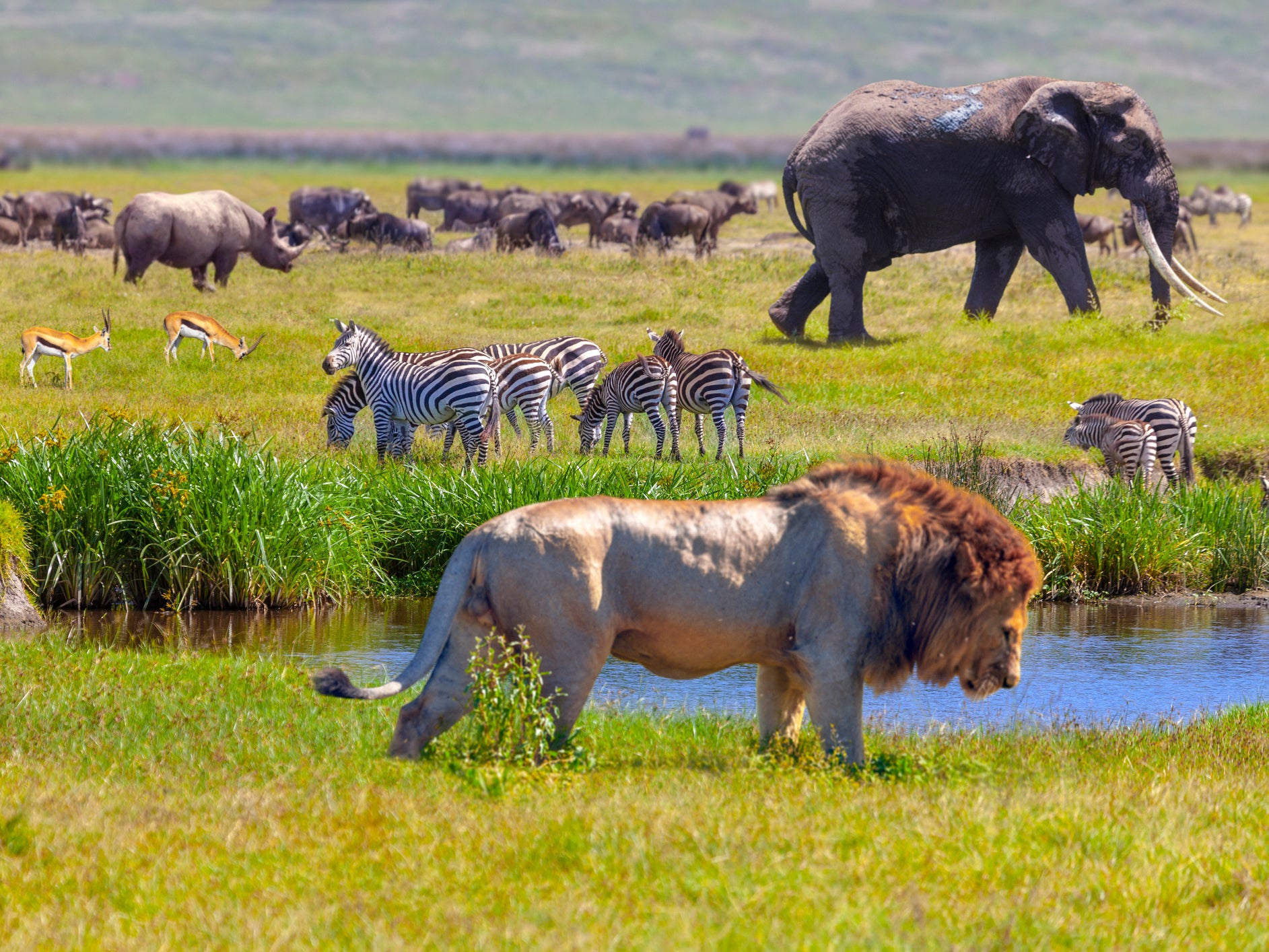Climate crisis: One-third of all plant and animal species could be extinct in 50 years, study suggests
Huge loss of animals and plants imminent as climate crisis continues, say researchers

Your support helps us to tell the story
From reproductive rights to climate change to Big Tech, The Independent is on the ground when the story is developing. Whether it's investigating the financials of Elon Musk's pro-Trump PAC or producing our latest documentary, 'The A Word', which shines a light on the American women fighting for reproductive rights, we know how important it is to parse out the facts from the messaging.
At such a critical moment in US history, we need reporters on the ground. Your donation allows us to keep sending journalists to speak to both sides of the story.
The Independent is trusted by Americans across the entire political spectrum. And unlike many other quality news outlets, we choose not to lock Americans out of our reporting and analysis with paywalls. We believe quality journalism should be available to everyone, paid for by those who can afford it.
Your support makes all the difference.In just 50 years’ time, a third of all plant and animal species on our planet could be wiped out due to man-made climate change, US scientists have warned.
The damning new study of humanity’s impact on ecosystems around the world examined recent extinctions due to climate change, along with rates of species movement and various projections of future climatic conditions.
The researchers said their study is probably the first to estimate broad-scale extinction patterns due to the climate crisis by using data from recent climate-related extinctions and from rates of species movements.
It is the latest research to paint a bleak picture of future biodiversity on Earth, as other scientists have warned our species is responsible for bringing about a sixth mass extinction event.
The research team, from the University of Arizona used data from 538 species at 581 sites around the globe and focused on species which had been studied at the same place at least 10 years apart.
They found 44 per cent of the 538 species had already gone extinct at one or more of the sites they had earlier inhabited.
They also generated climate data through measurements taken at the time of the earliest survey of each site and at more recent surveys.
“By analysing the change in 19 climatic variables at each site, we could determine which variables drive local extinctions and how much change a population can tolerate without going extinct,” said Cristian Román-Palacios of the department of ecology and evolutionary biology at the University of Arizona.
“We also estimated how quickly populations can move to try and escape rising temperatures.
“When we put all of these pieces of information together for each species, we can come up with detailed estimates of global extinction rates for hundreds of plant and animal species.”
The study identified maximum annual temperatures – the hottest daily highs in summer – as the key variable that best explains whether a population will become extinct.
But the researchers found average yearly temperatures showed smaller changes at sites with local extinction, even though average temperatures are widely used as a proxy for overall climate change.
“This means that using changes in mean annual temperatures to predict extinction from climate change might be positively misleading,” said Professor John Wiens, also of the University of Arizona.
The researchers said previous studies have focused on species dispersal – or migration to cooler habitats – as a means for animals and plants to “escape” from warming climates.
But the new research indicates most species will not be able to disperse quickly enough to avoid extinction, based on their past rates of movement.
Instead, they found many species were able to tolerate some increases in maximum temperatures, but only up to a point.
About 50 per cent of the species had local extinctions if maximum temperatures increased by more than 0.5C, and 95 per cent if temperatures increase by more than 2.9C.
Projections of species loss depend on just how much warmer the local climate will become in the future.
“In a way, it’s a ‘choose your own adventure’,” Professor Wiens said. “If we stick to the Paris Agreement to combat climate change, we may lose fewer than two out of every 10 plant and animal species on Earth by 2070.
“But if humans cause larger temperature increases, we could lose more than a third or even half of all animal and plant species, based on our results.”
The paper’s projections of species loss are similar for plants and animals, but extinctions are projected to be two to four times more common in the tropics than in temperate regions.
“This is a big problem, because the majority of plant and animal species occur in the tropics,” Mr Román-Palacios said.
The study is published in the Proceedings of the National Academy of Sciences.
Join our commenting forum
Join thought-provoking conversations, follow other Independent readers and see their replies
Comments